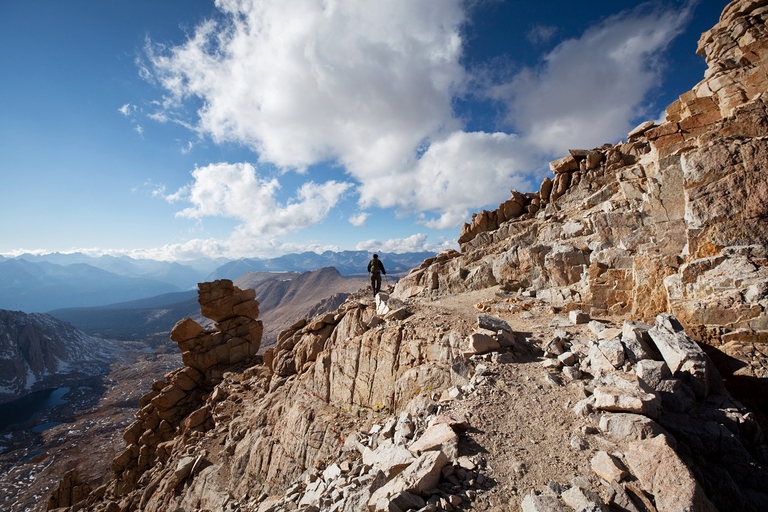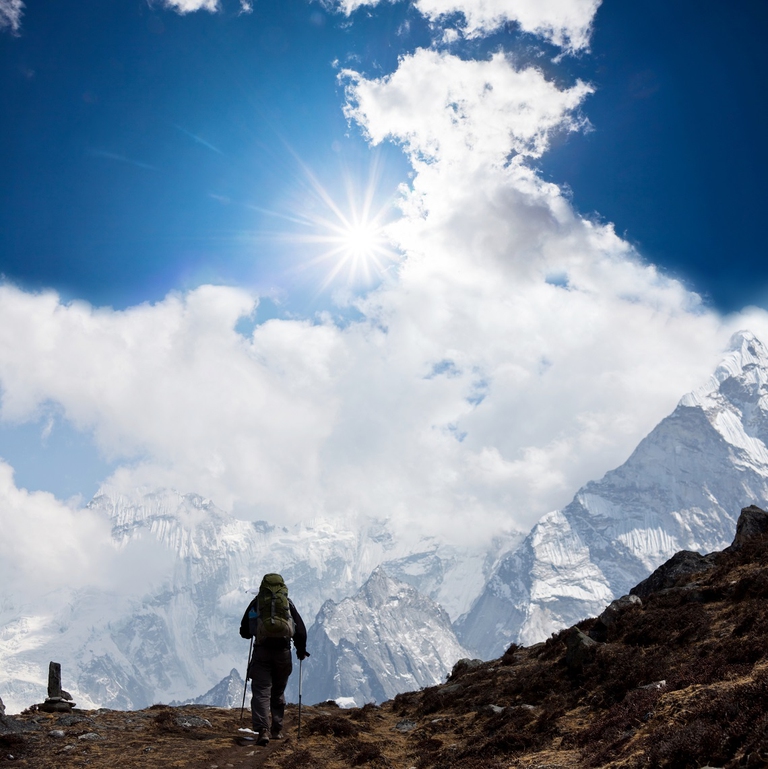
Niseko, Toya-Usu and Shiraoi are three Hokkaido destinations for travellers who want to feel close to the communities they’re visiting.
Alpinism has officially been added to the UNESCO Intangible Cultural Heritage (ICH) list. Its candidacy had been jointly submitted by France, Italy and Switzerland.
Unesco has added alpinism to its list of Intangible Cultural Heritages (ICHs), defining it as “the art of climbing up summits and walls in high mountains, in all seasons, in rocky or icy terrain. It involves physical, technical and intellectual abilities”.
“There can be nothing but joy at this prestigious recognition of an activity that was born in our mountains, part of Valdostan culture and tradition,” Albert Chatrian, environmental councillor for Italy’s Valle d’Aosta region, expressed his enthusiasm. The candidacy was presented almost a decade ago by France, Italy and Switzerland with the coordination of the local councils of Courmayeur and Chamonix.
The news arrived on International Mountain Day, 11th December 2019, from Bogota, in Colombia, while the city was hosting the 14th session of the Unesco Intergovernmental Committee for the Safeguarding of the Intangible Cultural Heritage.
Perhaps the most important aspect of this announcement was that of highlighting the social and cultural value of alpinism as well as its international spirit. Unesco recognised the practice of alpinism as an art form inspired by the principles of freedom and solidarity, which embraces respect for the environment. Alpinism therefore isn’t merely a sport, and its addition to the list of ICHs affirms “solid relationships” and a “spiritual and ethical dimension,” heading towards “a complex relationship between man, nature and the universe”.
Read more: 11 December is International Mountain Day
“We’re proud of this recognition from UNESCO, which signals further commitment to promoting intercultural dialogue and cooperation,” Dario Franceschini, Italian Minister for Culture and Tourism, emphasised.
Siamo anche su WhatsApp. Segui il canale ufficiale LifeGate per restare aggiornata, aggiornato sulle ultime notizie e sulle nostre attività.
![]()
Quest'opera è distribuita con Licenza Creative Commons Attribuzione - Non commerciale - Non opere derivate 4.0 Internazionale.
Niseko, Toya-Usu and Shiraoi are three Hokkaido destinations for travellers who want to feel close to the communities they’re visiting.
Disabled travellers need not fear Japan. Accessible Japan founder Josh Grisdale tells us about his commitment to opening the country’s doors to everyone.
Antarctica is becoming more accessible, so much so that tourism has seen a 53 per cent increase in the last four years. And climate change is on of the reasons people visit the frozen continent.
The word biodiversity recalls lush forests inhabited by countless animal and plant species. Life, thanks to its blind determination, blossoms in a myriad of stunning environments: from deserts and volcanoes to mountains covered up by perennial ice. The most extreme and inhospitable ecosystems can host animals and plants that adapted in the name of survival.
Not just skyscrapers: the Japanese capital is a much greener city that most people imagine. Let’s discover the best Tokyo parks and gardens from autumn to spring, and anytime in between.
Vienna will amaze you with the magnificence of its past and modernity of its services. A tour among the best sights of an environmentally-friendly city with award-winning quality of life standards.
Chile has unveiled the Patagonian Route of Parks, an incredible trail that connects 17 national parks with the aim of promoting nature conservation and community development.
Trekkers throughout the Himalayas have contributed to creating the highest garbage dump in the world. Sustainable tourism in Nepal is still absent, but sorely needed.
Eataly World in Bologna is a culinary city in the country of biodiversity, the largest agri-food centre in the world: an Italian food theme park, if you will. Photos from the opening, so you know what to expect.









